To understand more about Antarctica’s potential contribution to future sea-level rise, a small team of drillers, engineers, and researchers will be travelling hundreds of kilometers via traverse and airplane to the southeast margin of the Ross Ice Shelf. They will do so to drill up to 200 m below the seafloor at two different sites to recover a geological record of changing rock types that reflect environmental conditions at the time they formed. The hope is that these records will provide key insights into West Antarctica’s ice extent during times in the past when it was warmer than today.
Antarctic field operations commenced at the Kamb Ice Stream site in 2023/2024 and are continuing in 2024/2025, co-led by Tina van de Flierdt and Richard Levy. A third field season is planned at the Crary Ice Rise in 2025/2026, co-led by Molly Patterson and Huw Horgan.
Second KIS3 season ends

Our mission to deliver globally important science has been a roller coaster of highs and lows over the past few days.
Merry KIS-mas from KIS3!
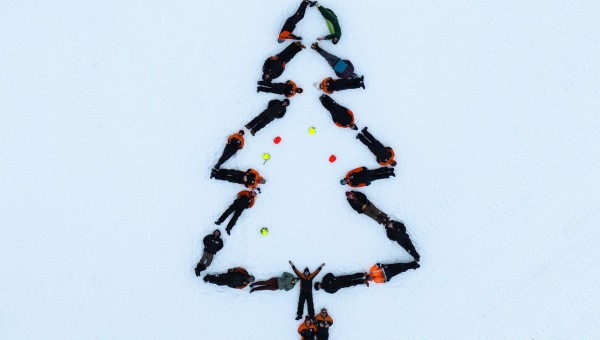
Happy Holidays and Merry KIS-mas, from the SWAIS2C on-ice team at KIS3 on the Ross Ice Shelf!
AIDD drill rig moved into place
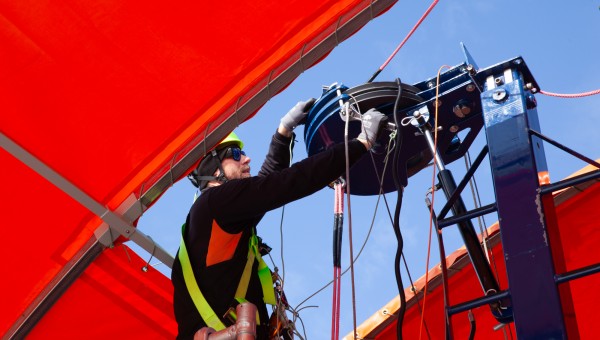
After the night of ‘open hole’ science, it was time to move the ‘big rig’ into place – our AIDD (Antarctic Intermediate Depth Drill).
First gravity core of the season
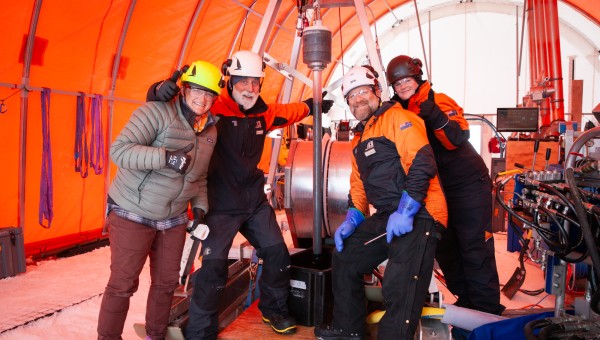
It’s ‘open hole’ science time at KIS3.
Jumping for joy to have the full team at KIS3
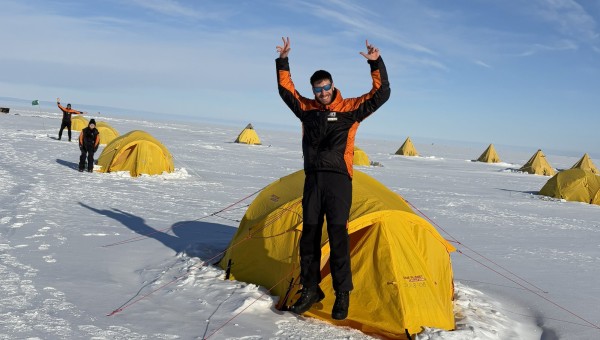
We have a full house at ‘Tent City’!
We have a breakthrough!
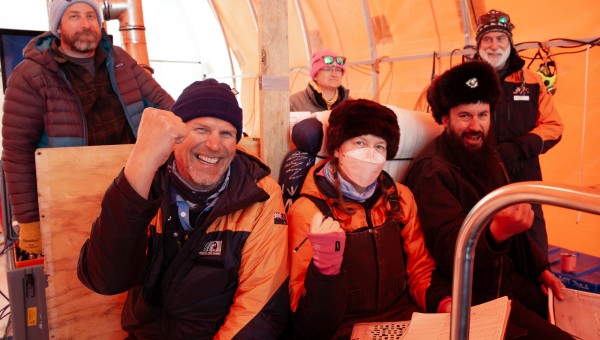
In the early hours of the morning, our team of hot water drillers successfully melted their way through 587.
Moving to day and night shifts
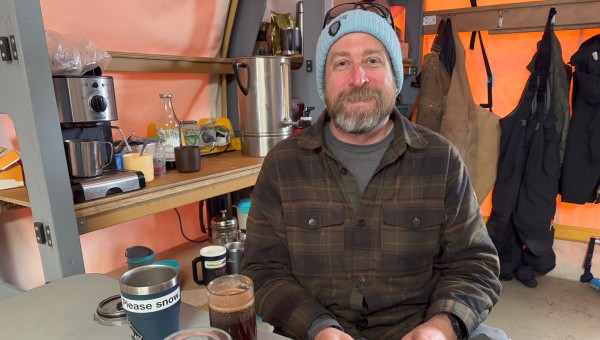
Big changes are afoot at KIS3. We are making great progress with our hot water drilling, so it’s time for some of the teams to move into 24-hour operations.
Toilet improvements
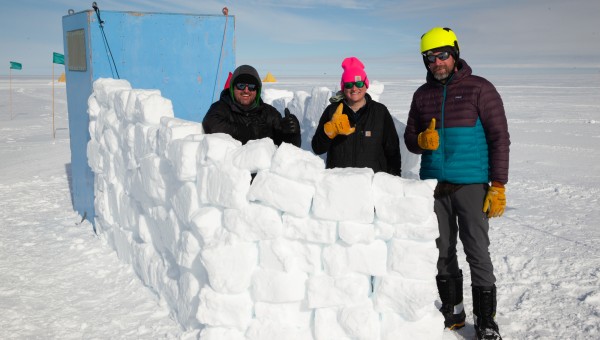
We have a great team spirit here at KIS3, and everyone pitches in to make the camp run smoothly, whether that is helping out with the dishes and sweeping the…
Science and drilling team review drilling equipment and core retrieval process
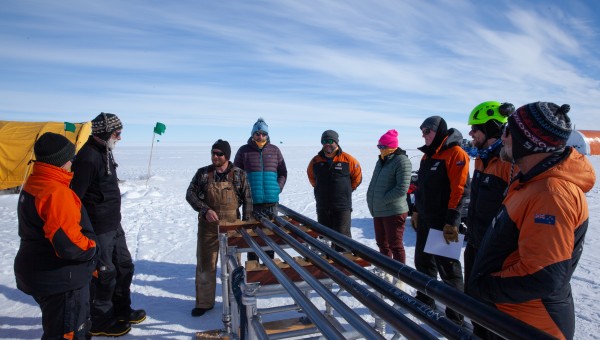
Our science and AIDD (Antarctic Intermediate Depth Drill) teams had a productive hands-on session today.
Main borehole underway
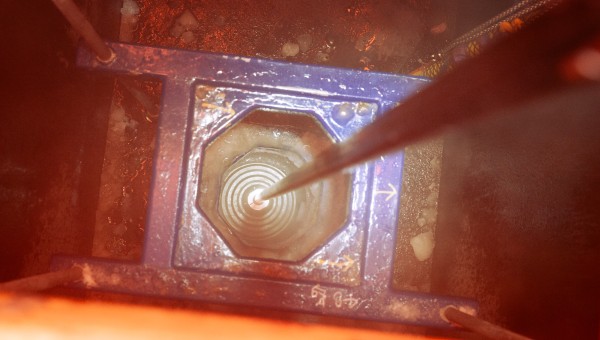
The hot water drillers have begun to melt the main borehole.
AIDD team assemble drill pipe
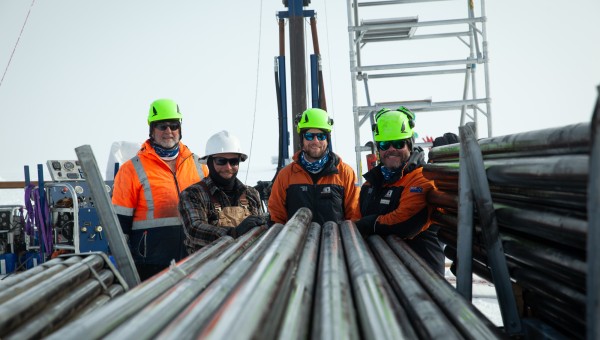
While our hot water drillers are busy getting our hole through the ice shelf underway, our AIDD (Antarctic Intermediate Depth Drill) team have also been hard at work with our…
Last of the on-ice team take part in field training
The last members of our on-ice team have arrived in Antarctica, and have taken part in Antarctic Field Training (AFT) to learn essential skills required for life at our deep-field…
Hot water drilling is underway
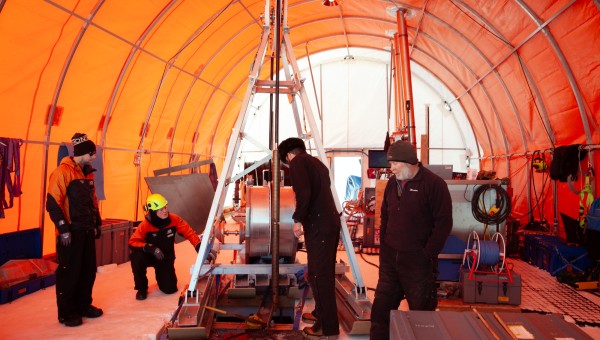
Today the team began boring the well hole through the Ross Ice Shelf.
First load in the camp washing machine
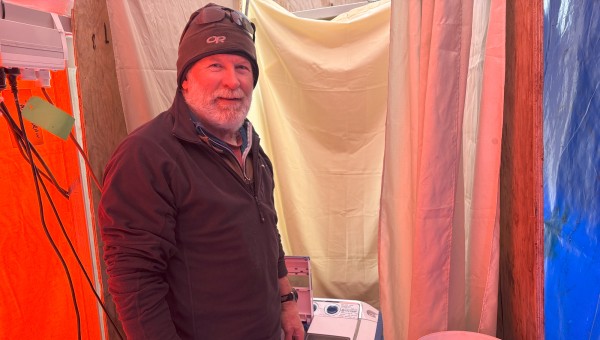
Running out of clean socks on the Ross Ice Shelf? Camp mini-washing machine to the rescue!
Making water for hot water drilling
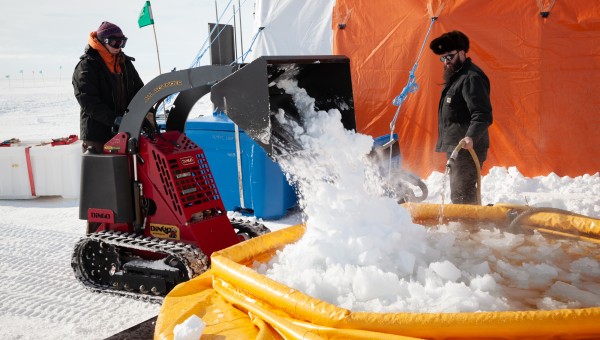
The hot water drill team are making excellent progress at KIS3.
Science team arrives at KIS3
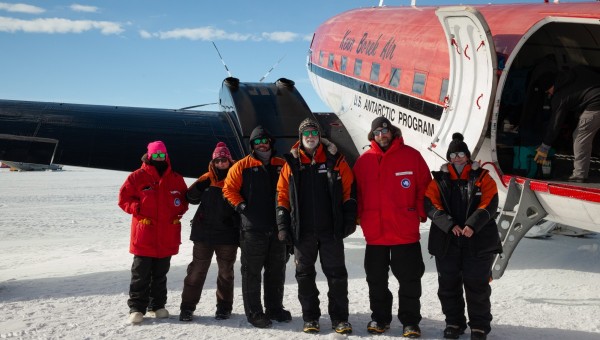
Five members of the science team, including the two Co-Chiefs Richard Levy and Tina van de Flierdt, flew to the drilling site at KIS3 on 4 December on a Basler…
The drill tent is up!
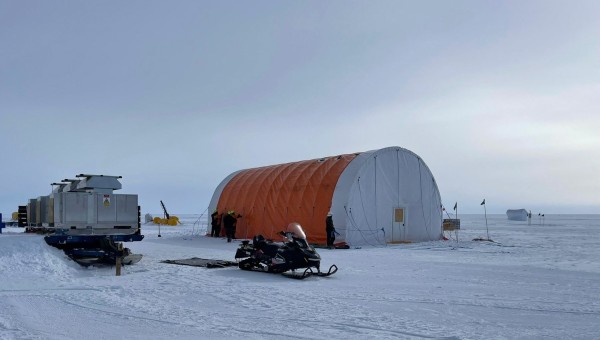
The wind at KIS3 has eased, allowing the drill teams to complete the final step of assembling the drill tent – putting the skin on.
Our 2024/25 season is underway
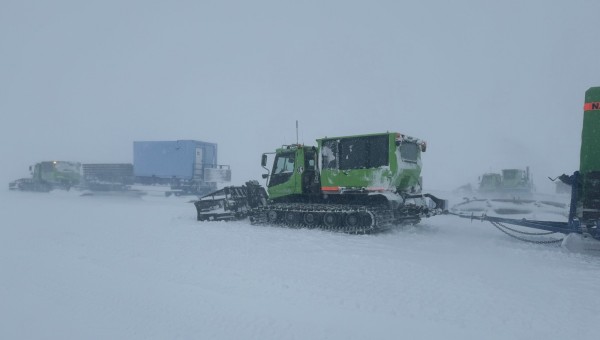
The Antarctica New Zealand traverse arrived at KIS3 on 15 November, after a 15-day, 1328 km journey across the Ross Ice Shelf.
End of the first season at KIS-3
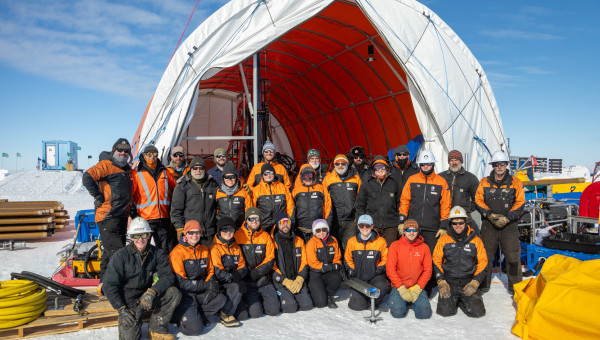
The first SWAIS2C field season at the KIS-3 drill site on the Ross Ice Shelf is over, and our on-ice team is heading home with some cool new data and…
Tuesday 26 December 2023
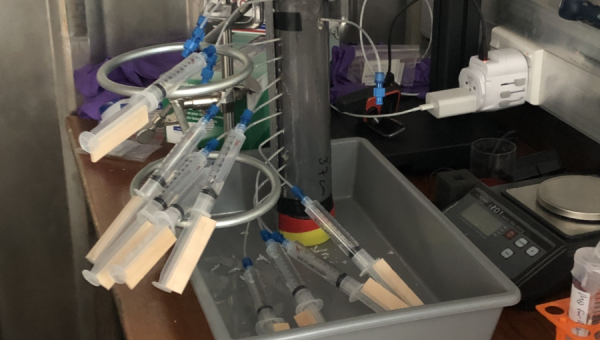
What is an interstitial water sample and why do we care?
Monday 25 December 2023

Merry KIS-mas from the SWAIS 2C Team! We here at the SWAIS 2C KIS3 camp wish everyone a happy and joyful holiday season!
Sunday 24 December 2023

Today we took a little time to make our camp feel a bit more festive in preparation for Christmas!
Saturday 23 December 2023
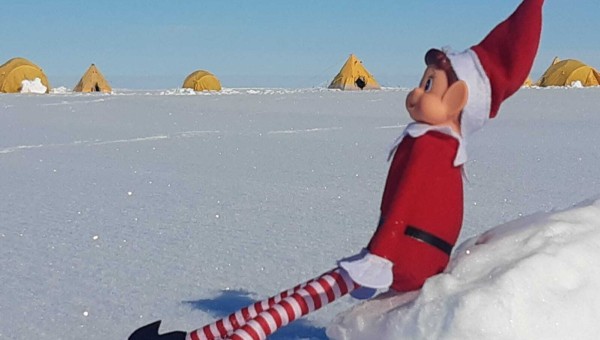
Our team are on the largest shelf they can think of, and it's nearly Christmas (for those who celebrate). So of course there needs to be an elf!
Friday 22 December 2023
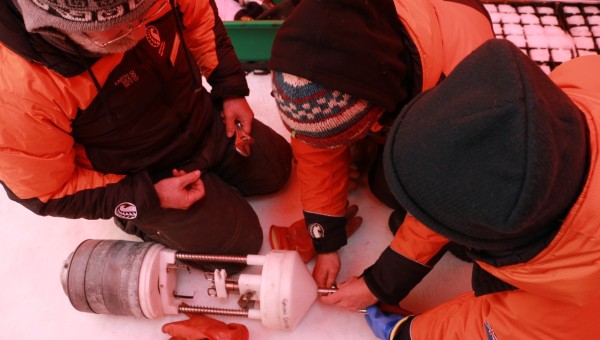
The larger hole (~35 cm) through the Ross Ice Shelf was completed today!
Thursday 21 December 2023
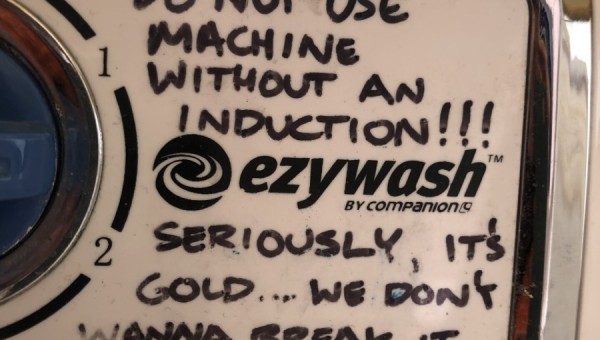
It’s the small luxuries… Remote field work in Antarctica often involves going weeks without a shower or clean clothes.
Wednesday 20 December 2023 (part 2)
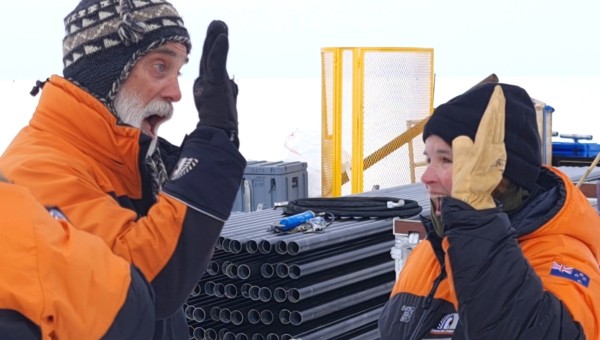
After years of planning and preparing and so much hard work of so many, including three weeks of set up time, trouble shooting and dry runs of hotwater drilling (HWD) and…
Wednesday 20 December 2023
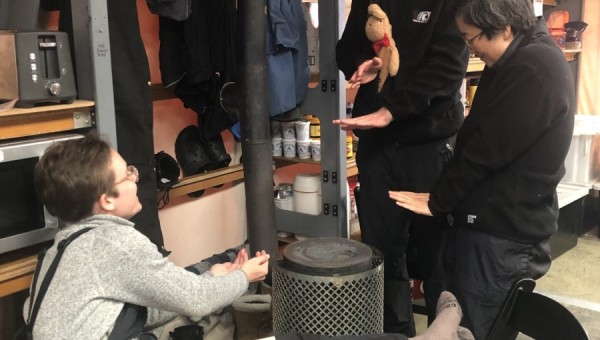
When the wind blows… After a beautiful day on Tuesday with sunny skies and very little windy, today started out grey and windy and it kept getting windier and colder throughout…
Tuesday 19 December 2023
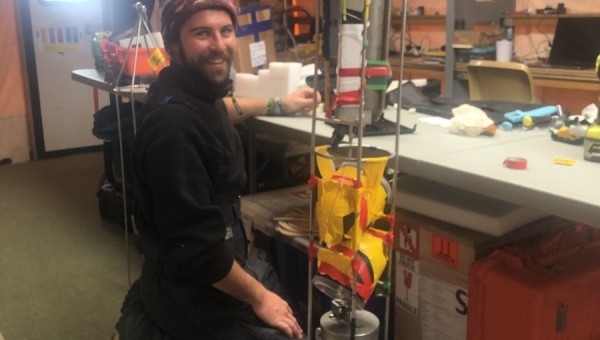
Once the hot water hole is completed through the Ross Ice Shelf, we will have about 12 hours to do science operations in the ocean gap between the ice and…
Sunday 17 December 2023
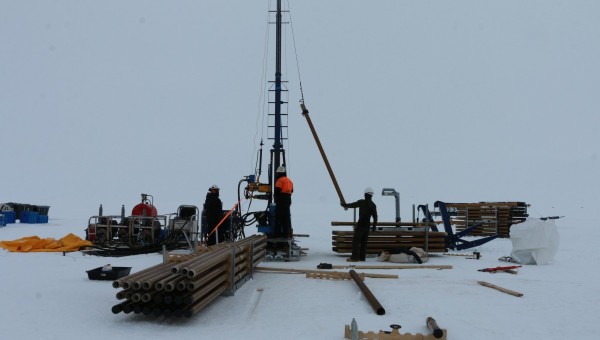
The Antarctic Intermediate Depth Drill (AIDD) has three coring systems that we can use: a hydraulic piston corer, a push corer, and a rotary corer.
Saturday 16 December 2023
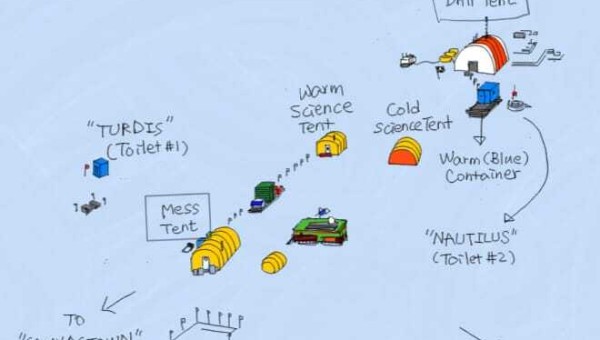
Undertaking a drilling project of this scope in a remote area along the Siple Coast of the Ross Ice Shelf requires a lot of careful preparation and a well-designed camp.
Friday 15 December 2023
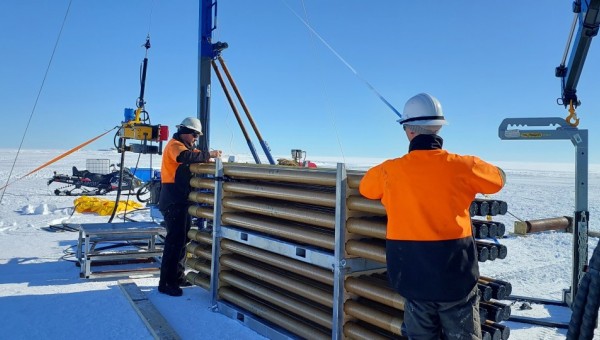
An important part of the Antarctic Intermediate Depth Drill (AIDD) system is the sea riser, which helps to support the drill string when drilling from floating ice.
Thursday 14 December 2023
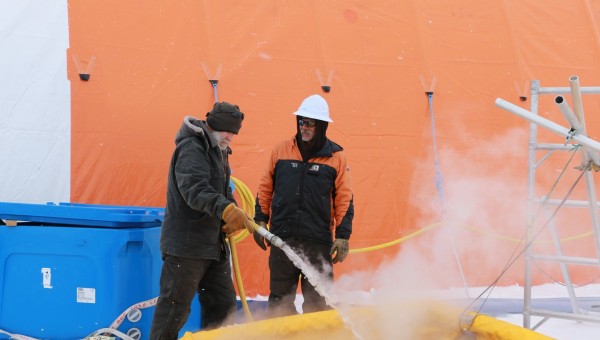
Preparations are gearing up to begin operations soon.
Wednesday 13 December 2023
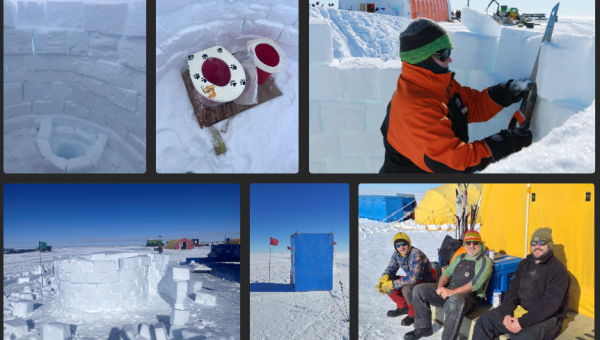
Where do you go when you need to go on the Ross Ice Shelf?
Tuesday 12 December 2023
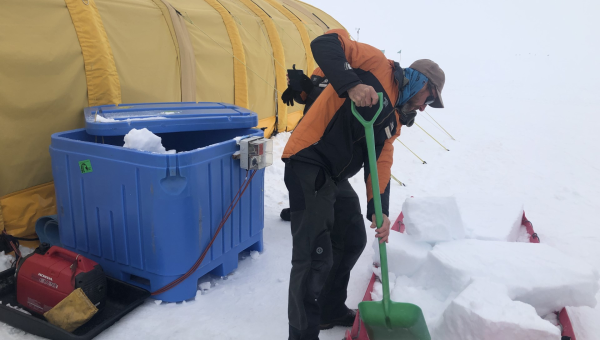
Antarctica is the driest place on Earth, so even though it is cold, we have to drink a lot of water to stay hydrated here.
Monday 11 December 2023

Today the science team members still at Scott Base got up early and waited for the go/no-go announcement for the flight to the drill site.
Sunday 10 December 2023
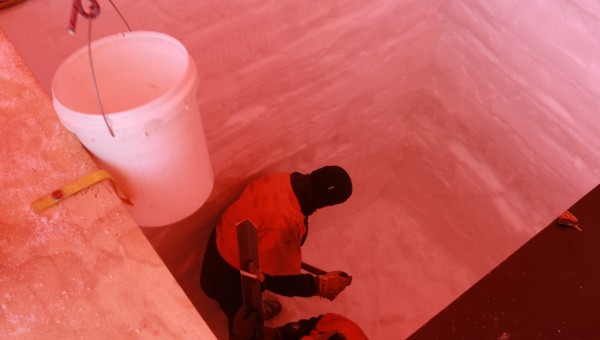
The Antarctic environment poses many challenges to deep field operations, including scientific drilling for the SWAIS 2C project!
Saturday 9 December 2023
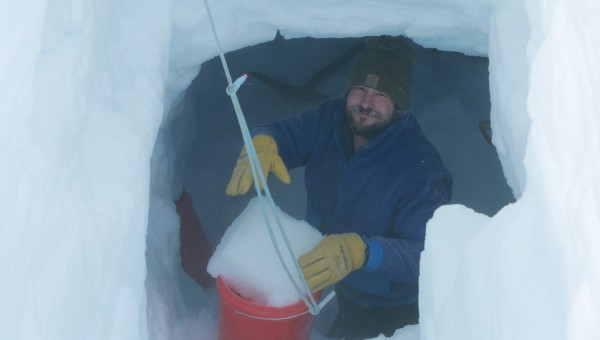
One of the most important things at a remote camp in Antarctica is feeding all of the people at the camp!
Tuesday 7 December 2023
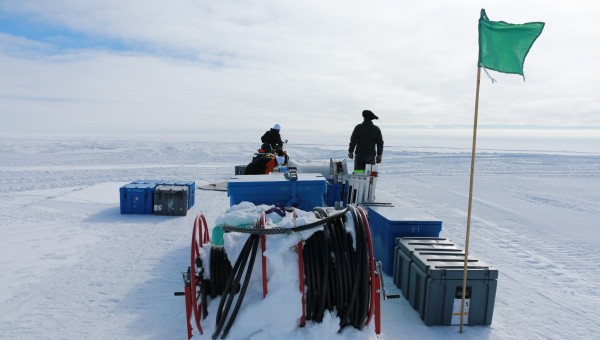
All of the camp structures are set up, connected to power, and working well! We also completed the food inventory and stored everything away.